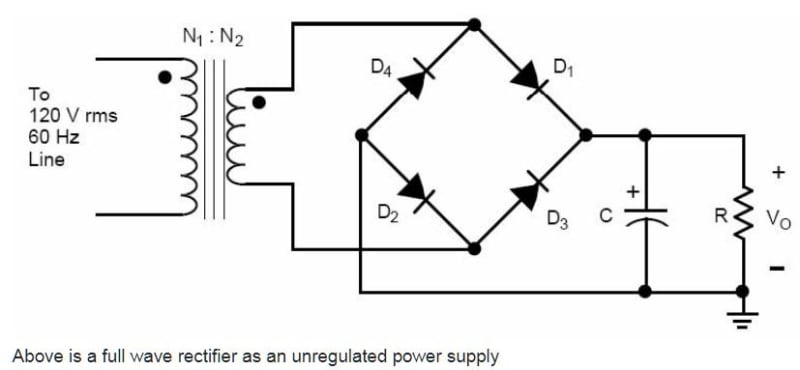Rusty Shackleford
Mechanical
Hello. Was hoping you guys could help a poor mechanical engineer out...I’m in need of performing some benchtop verification testing of 1kohm potentiometers rated at 0.5W and some microswitches rated a 125VDC and 10A. While I’ve written test specs for these types of devices before and feel comfortable with the test parameters and methodology, I’m now with a new and smaller employer where I find myself needing to act as the test technician also. I don’t have the hands-on experience on the electrical side nor familiarity with test equipment. Below are details of the test equipment I think I need. Please let me know if I’m on the right track or if I’m doing something wrong or impractical/overly costly. THANKS!!!
For the switches, I need to confirm their switch rating to ensure the contacts don’t burn up. I plan to create a test circuit using a 125VDC voltage source and a (~12.5 ohm resistive load to create a 10amp circuit. The resistive load would obviously need to be rated for 1250W or higher. I plan to use the microswitch to make/break the circuit. Since this is considerable power, test equipment appears rather expensive. I’ve found the following:
• DC Power Supply: GW Instek PSU 100-15 ($2000, 150VDC max output, 10A rating, 1500W)
• 1ohm Power Resistors: TE Connectivity TE1500B1R0J ($65/ea, 1 ohm, 1500W) I’d buy three and need to use 2 or 3
• 10 ohm Power Resistor: TE Connectivity TE1500B10RJ ($65, 1 ohm, 1500W)
Is this a practical way of performing the test or am I spending too much money? I’m assuming the load regulation of the power supply can reasonably keep the output voltage within 120-130VDC as I don’t need stringent test tolerances.
For the pots, I need to confirm they can handle their power rating so I will be applying about 22Vac with the pots at their max setting of 1000ohm. I plan to purchase a variac (variable transformer such as Staco Energy 3PN1010B) for about $500 to accomplish this. Alternately, if I purchase a benchtop DC power supply for the microswitch testing, then I could just use it and not buy the variac.
For the switches, I need to confirm their switch rating to ensure the contacts don’t burn up. I plan to create a test circuit using a 125VDC voltage source and a (~12.5 ohm resistive load to create a 10amp circuit. The resistive load would obviously need to be rated for 1250W or higher. I plan to use the microswitch to make/break the circuit. Since this is considerable power, test equipment appears rather expensive. I’ve found the following:
• DC Power Supply: GW Instek PSU 100-15 ($2000, 150VDC max output, 10A rating, 1500W)
• 1ohm Power Resistors: TE Connectivity TE1500B1R0J ($65/ea, 1 ohm, 1500W) I’d buy three and need to use 2 or 3
• 10 ohm Power Resistor: TE Connectivity TE1500B10RJ ($65, 1 ohm, 1500W)
Is this a practical way of performing the test or am I spending too much money? I’m assuming the load regulation of the power supply can reasonably keep the output voltage within 120-130VDC as I don’t need stringent test tolerances.
For the pots, I need to confirm they can handle their power rating so I will be applying about 22Vac with the pots at their max setting of 1000ohm. I plan to purchase a variac (variable transformer such as Staco Energy 3PN1010B) for about $500 to accomplish this. Alternately, if I purchase a benchtop DC power supply for the microswitch testing, then I could just use it and not buy the variac.

